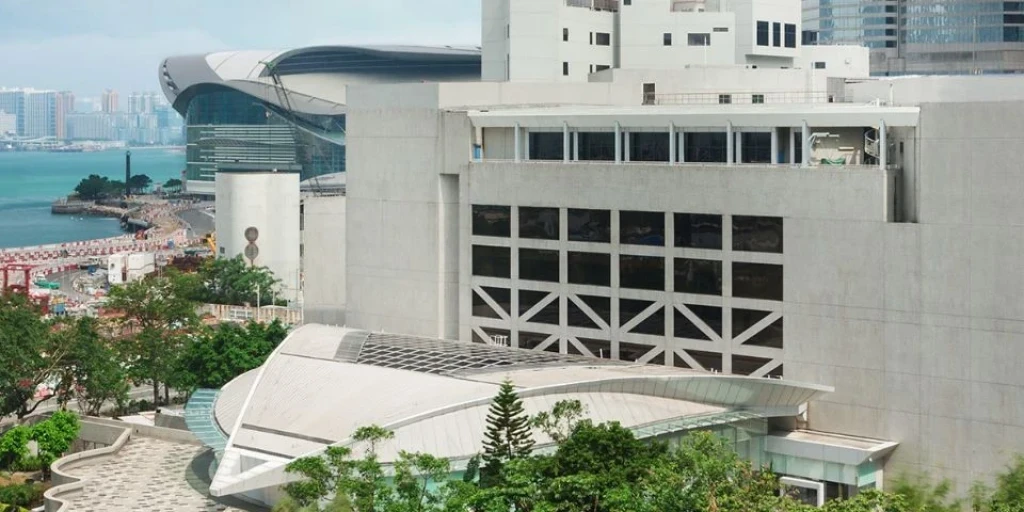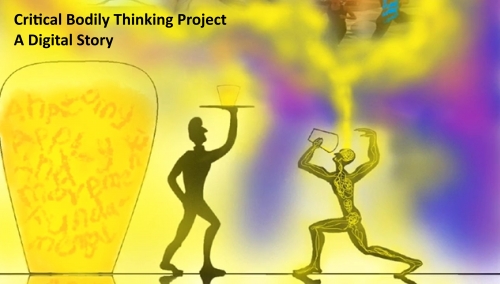Critical Bodily Thinking Project
conducted by Brenton Surgenor and Prue Wales
Synopsis
This PaR project sought to explore ways to systematically develop first-year undergraduate dance students’ reflective practices to enhance their understandings of their own bodies. This project is the first in an iterative cycle, developed by the teacher-practitioner-researchers, to develop pedagogical processes that foster both cognitive and embodied forms of thinking.
The project was two-fold: the teacher-practitioner-researchers investigated ways the course teacher (Brenton Surgenor) fostered his students’ critical thinking skills with the support of digital technologies; and how the students inquired into the ways in which they moved. This was done by taking a critical approach to their bodily movements, patterns and behaviours, to become more articulate and knowledgeable thinker-movers.
The teacher-practitioner-researchers applied an action research model. This enabled Surgenor to investigate his pedagogical practices during the development and implementation of the reflective-based activities, and reflect upon and refine his plan for future iterations. He developed a series of learning activities to foster the students’ critical-bodily-thinking. These involved students utilising a range of traditional and digital platforms to perform, experience, observe, and reflect in and on their bodily practices. The second researcher (Prue Wales) observed classes, took fieldnotes, steered analytical reflections with Surgenor, and conducted interviews with him and the students.
Students were required to apply and document the different activities and techniques that were designed to develop their awareness of their bodily actions including: somatic exercises, sensory deprivation, photography and video recording, first and third person observations, analysis from multidimensional perspectives, discussions and vocabulary building activities. Student reflections occurred through discussions, writing, drawing, vlogging, blogging, and the creation of multimodal posters.
Students revealed that the activities not only helped them learn about their own bodily practices in the class, but also, in some cases, talked about how they had transferred the skills that they had learned to correct their technique in other dance contexts. Many of the students articulated how they learned to see themselves as active agents responsible for realising their physical and technical potential. The teacher-practitioner-researchers successfully identified: which digital technologies best supported this cohort of students’ ‘bodily’ and cognitive reflections; ways in which applications of digital technologies for reflective purposes could be improved upon in the classes; effective methods for students to develop more consistent critical bodily thinking practices. Additional, Surgenor identified formulaic structures in his own teaching practice and ways to resist and break these patterns to become a more effective and critically aware educator.
A Digital Story of Process and Outcomes (click here)


